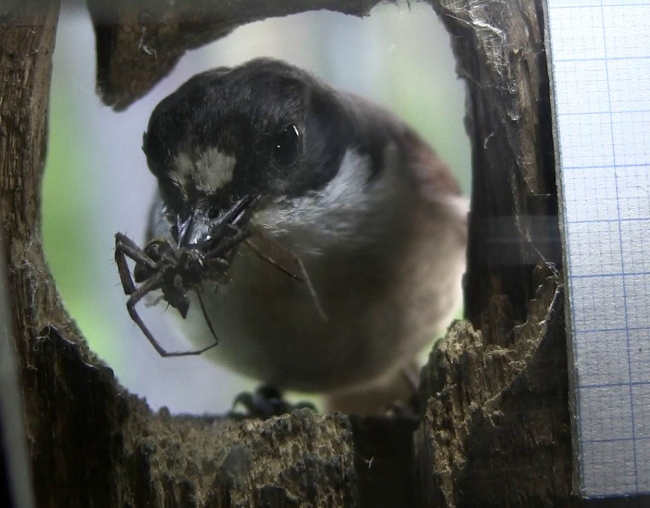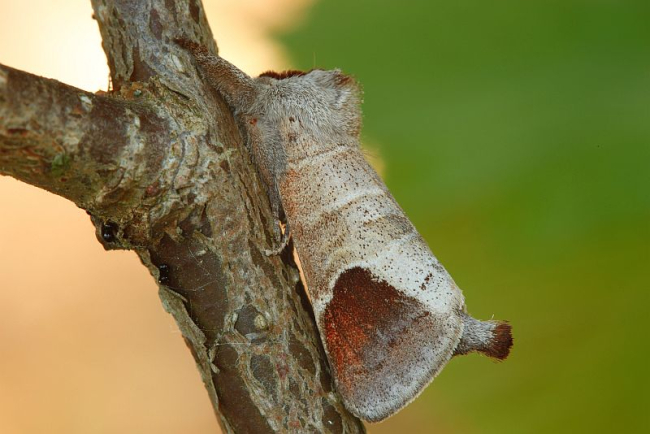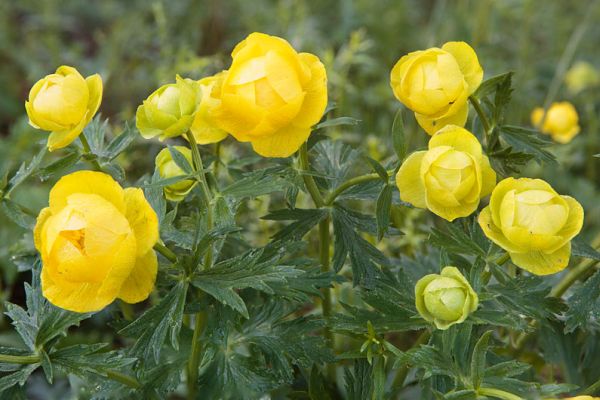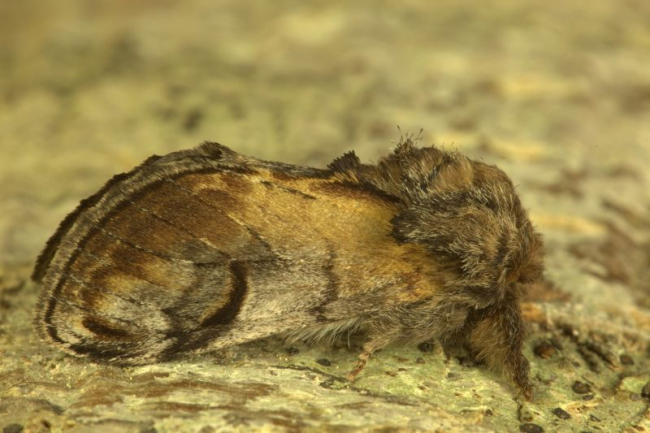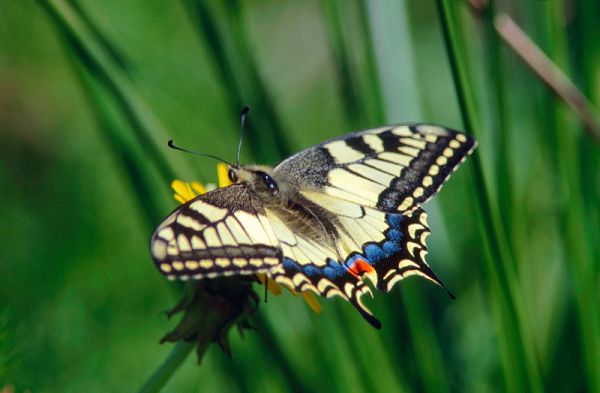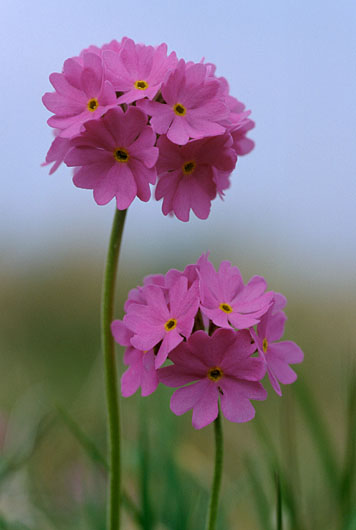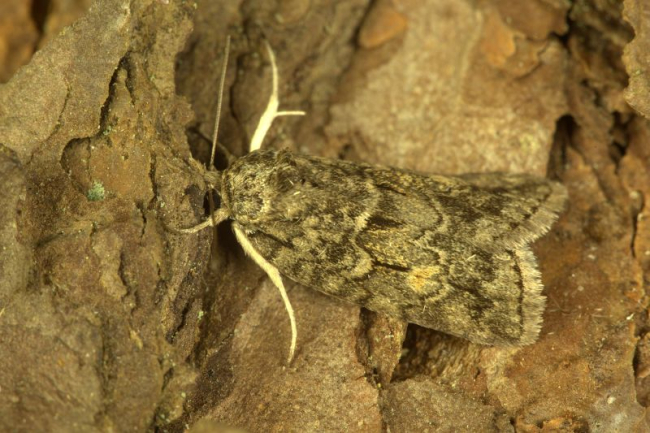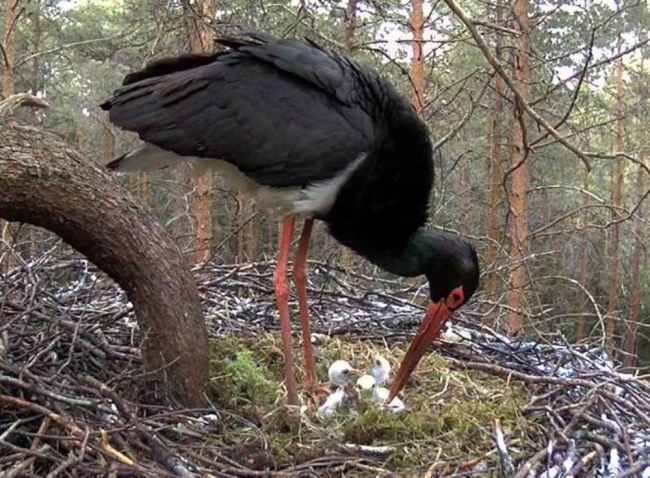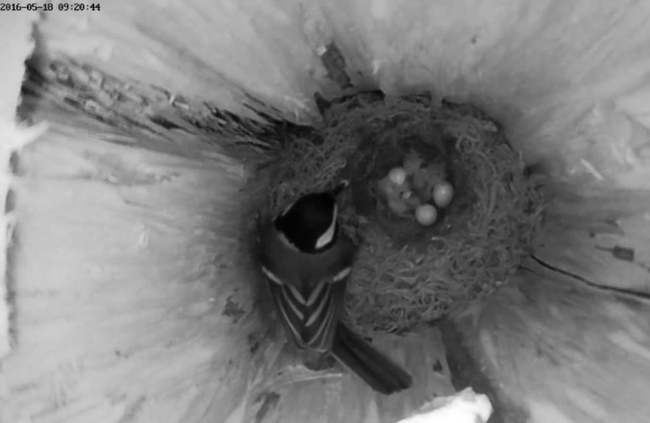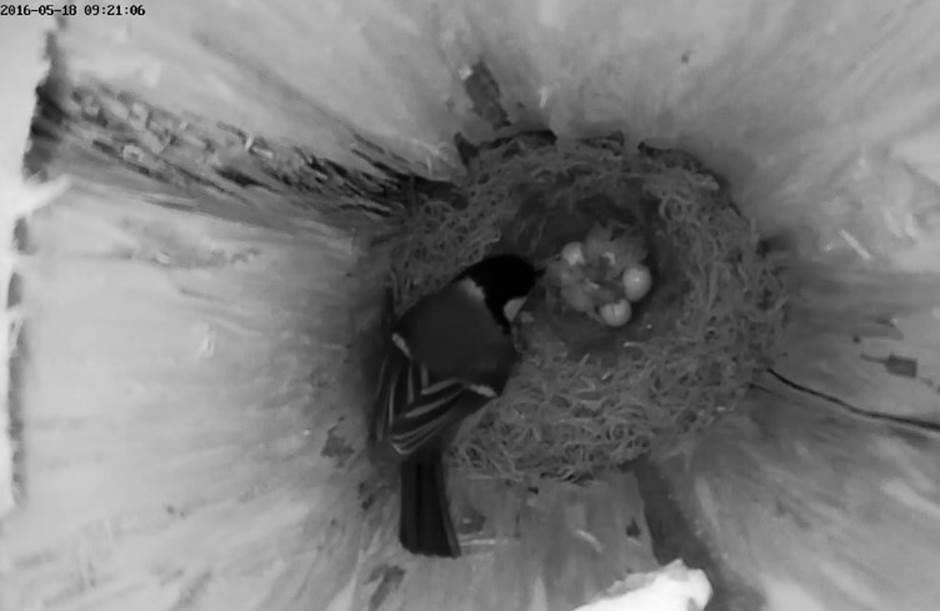Waiting for adults to return to nest
Video recorded by Mutikluti, LK forum
After the ringing of the eagle chicks yesterday (Friday) the large and prudent adults have not come to the nest. Calls of the female as well as male can be heard near the nest.
There is no risk of the chicks starving, their bodies are already adapted for such events. Don’t worry – we are sure that the adults will appear at the nest because in earlier years too similar situations have occurred (and occur elsewhere in the world too as we have seen in camera view).
Please check the forum where each moment is recorded: LINK
(Estonian article publ 27.05.2016; adults have returned since then)
